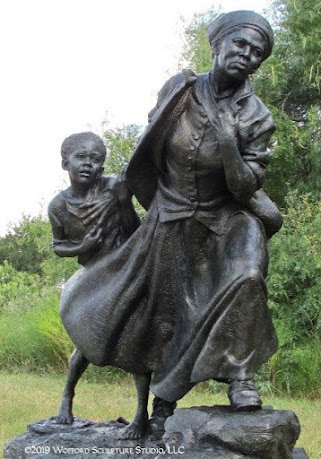HOW the WORD IS PASSED: A RECKONING with the HISTORY of SLAVERY ACROSS AMERICA (audiobook) by Clint Smith

Published by Little, Brown and Company. Read by the author, Clint Smith. Duration: 10 hours, 6 minutes. Unabridged. Clint Smith decided to explore several key historical sites that have ties to American slavery and how the consequences of American slavery has echoed down throughout American history. He is looking for constant threads in American history from the perspective of African Americans. He visits Thomas Jefferson's Monticello, New Orleans, Angola Prison, a plantation in Louisiana that emphasizes the lives of the majority of the people that lived and worked there (the slaves and the Jim Crow era labor that was trapped there), a Confederate grave yard, the place were Juneteenth happened in Texas, New York City (a slave stronghold in the North for a surprisingly long time) and finally a fortress used as a slave market in Africa. Thomas Jefferson (1743-1826) and Sally Hemings (c. 1773-1835) This is a difficult book in many ways. Smith intentionally digs into difficult questi
















